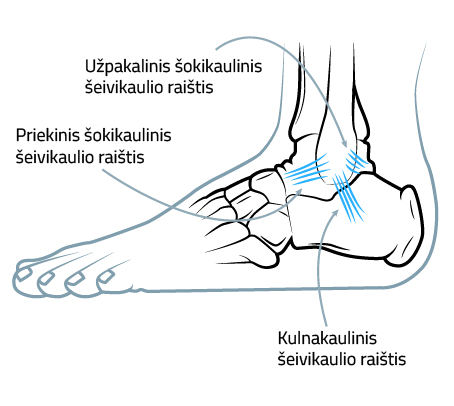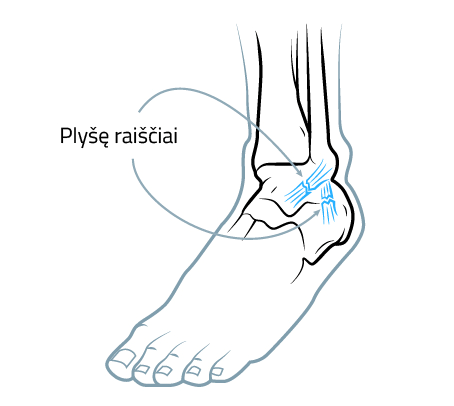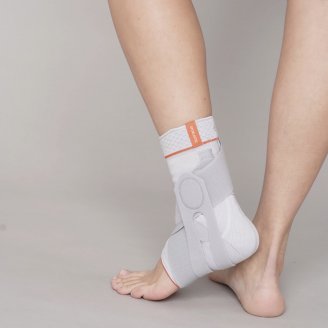 What are ankle sprains? An ankle sprain occurs when one or more ligaments in the ankle joint are strained.
What are ankle sprains? An ankle sprain occurs when one or more ligaments in the ankle joint are strained.
Some ankle injuries are more complex, as most injuries depend on whether the ligaments are strained or partially torn.
 Reasons
Reasons
Ankle ligaments are most commonly sprained during a fall or during a sudden kick and jolt, when the ankle is subjected to a higher-than-normal load. Sports are the most common trigger for ankle sprains, but wearing uncomfortable footwear and running or walking on uneven surfaces can also affect the risk of injury.
Symptoms
Symptoms that help identify ankle sprains include pain, swelling, bruising, difficulty walking and general stiffness of the joint.
Why do I need an urgent medical examination?
There are four main reasons why an ankle sprain requires urgent medical attention. First of all, if left untreated, an ankle sprain can lead to chronic ankle instability, a condition that causes persistent discomfort, impaired foot function and general weakness of the muscles of the injured leg. More severe ankle injuries can also follow a ligament sprain. This can include serious bone fractures which, if left untreated, can lead to extremely serious complications.Ankle sprains, in combination with other foot injuries, can cause severe discomfort that has not yet manifested. It is most important to start rehabilitation immediately if the ankle ligaments are sprained, as if rehabilitation is delayed, the chances of a proper healing of the injury can be reduced several times.

Diagnosis
To diagnose an ankle sprain, the doctor examines the injured area. The doctor also needs to obtain detailed information about the nature of the injury, the symptoms and previous ankle injuries.
Conservative treatment
When ankle sprains occur, rehabilitation is very important and starts as soon as treatment is started. Conservative treatment includes a number of key techniques: rest, as walking can cause more serious damage; ice, compression and elevation, which are designed to reduce swelling; early physiotherapy to promote healing and increase range of motion; and medication to reduce inflammation.
When is surgery needed?
Surgical treatment is used for more severe ankle injuries, as the surgery repairs the damaged spine of one or more ligaments. After surgery, rehabilitation is essential to ensure that the ligaments heal and the function of the foot is restored.










